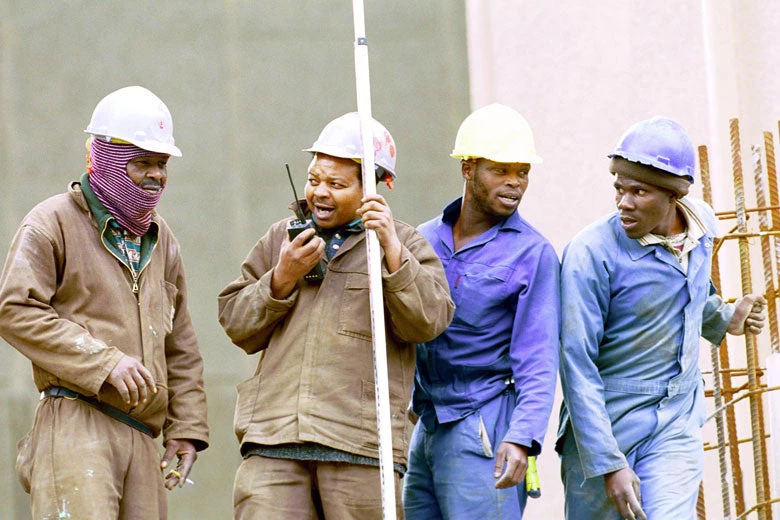
The South African economy has been off to a good start in 2018. Statistics SA, the country’s national statistical service, released national accounts figures with revisions that pointed to more positive momentum in the economy than previously thought. South Africa grew by 1.3% in 2017, beating the consensus estimate of economists, and the revised numbers no longer record a technical recession early in the year.
Confidence is up in 2018, as the new political leadership under President Cyril Ramaphosa has demonstrated a strong commitment to strengthening institutional integrity—especially in state-owned enterprises—reaching out both to business and labor, and pronouncing his intention to build a new social compact in the country. Finally, the 2018 budget returned to the government’s long-standing commitment to fiscal consolidation, which appeared to have been temporarily abandoned in the 2017 Medium-Term Budget Policy Statement. Business and consumer confidence is up, and market appetite for South African securities strengthened. The rand strengthened by about 12% since the African National Congress (ANC) elective conference and 10-year government bond yields are down to levels last seen in 2015, reducing borrowing costs.
Fueled by the confidence boost—and much more benign inflation—South African growth is expected to accelerate. Many economists, including those at the World Bank, have revised their growth forecasts upwards. In its latest publication, the 11th edition of the South Africa Economic Update, the Bank predicts growth of 1.4% in 2018 and 1.8% in 2019 (previous estimates were 1.1% and 1.7% respectively). The estimates are on the conservative side. This is largely owed to the fact that confidence still needs to translate into consumer spending, which may be weighed down by the revenue measures of the 2018 budget, and into investment.
There are several reasons that may keep investors cautious. Mining is still held back by uncertainty over legislation, even though the government has reached out to resolve disputes over the country’s third Mining Charter. In addition, World Bank projections suggest that prices for South Africa’s raw materials will remain modest or decline (as in the case of coal). Following the vote in parliament in early 2018 to review the Constitution to potentially make it easier to expropriate without compensation is likely to weigh on investment in commercial agriculture. The manufacturing sector has been struggling to increase global competitiveness and its weak integration into global value chains limits its opportunities to grow with the world economy.
Indeed, the January and February lift in the Purchasing Managers Index, which indicates the economic health of the manufacturing sector, was not sustained, falling back into contractionary territory in March.
Whether growth picks up beyond a modest cyclical rebound will depend on the government’s ability to deliver against high expectations to reduce policy uncertainty and accelerate structural policies that can raise the growth potential of the South African economy more meaningfully. The most recent economic update simulates various reform scenarios and their impact on jobs, poverty, and inequality. It holds some potential good news for South Africa, as inequality is likely to decrease from current levels (South Africa is the most unequal country in the world, according to the Bank’s recent Poverty and Inequality Assessment). Growth and jobs creation will play an important role in making South Africa less unequal, which will help the government’s efforts to strengthen the social compact.


Join the Conversation